University of South Wales: Strategic Analysis of Weetabix Acquisition
VerifiedAdded on 2023/06/07
|8
|714
|158
Report
AI Summary
This report offers a comprehensive strategic analysis of the Post Holdings acquisition of Weetabix, examining the company's strategic positioning through frameworks such as Bowman's Strategy Clock, which positions the company within a differentiation strategy. The analysis delves into stakeholder identification, categorizing primary stakeholders like shareholders, the British government, staff, and investors. The report also employs PEST analysis to evaluate the external environment, considering factors such as UK employment laws and economic trends, and assessing the US market's potential to offset declines in the UK cereal market. Furthermore, the industry analysis utilizes Porter's Five Forces to assess competitiveness and profitability within the cereal breakfast industry, considering factors like low entry barriers and the presence of substitutes. The report concludes by highlighting the competitive nature of the cereal industry in the UK and US, the differentiation strategy employed, and the positive implications of product diversification through the acquisition.
1 out of 8
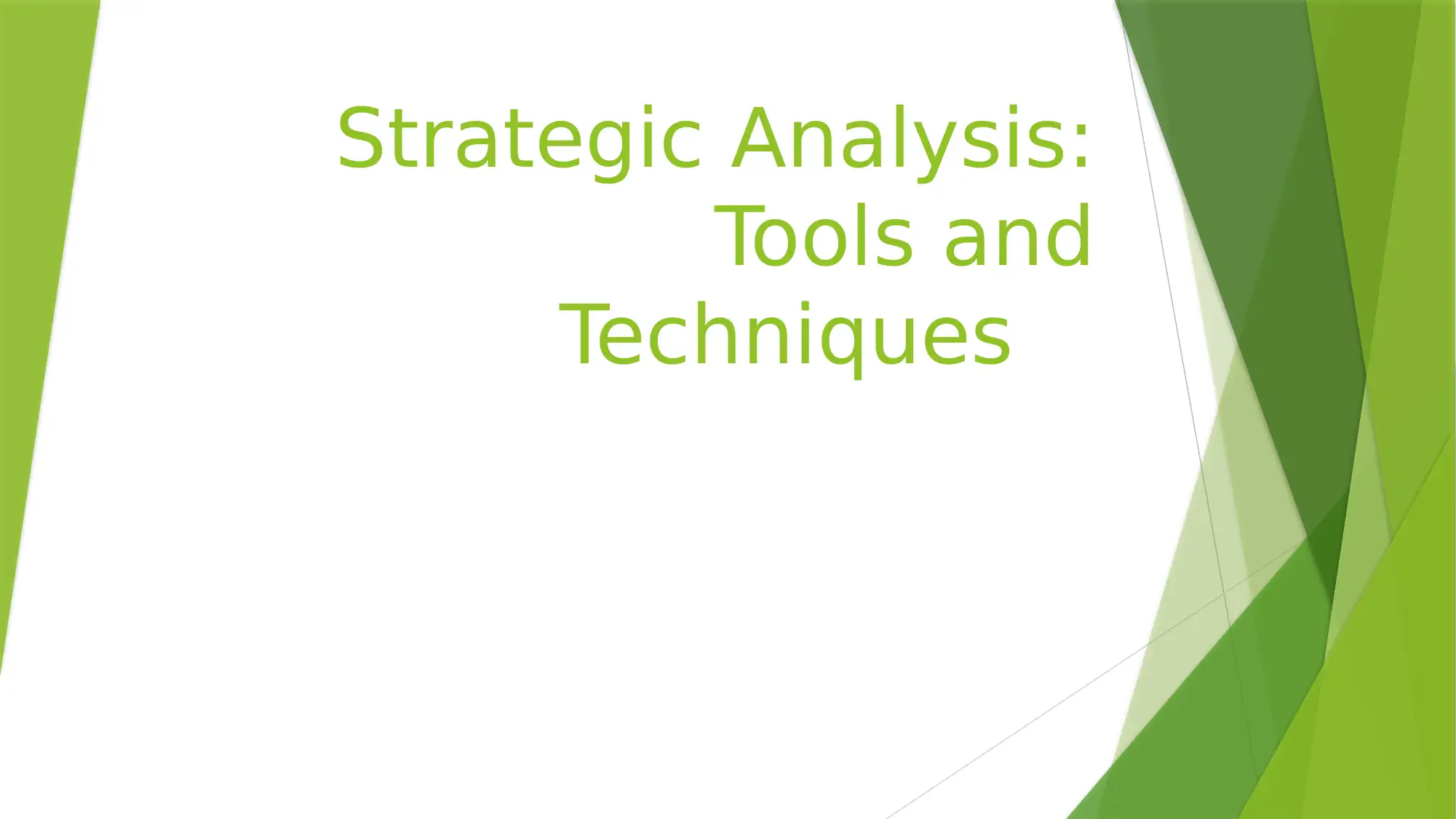
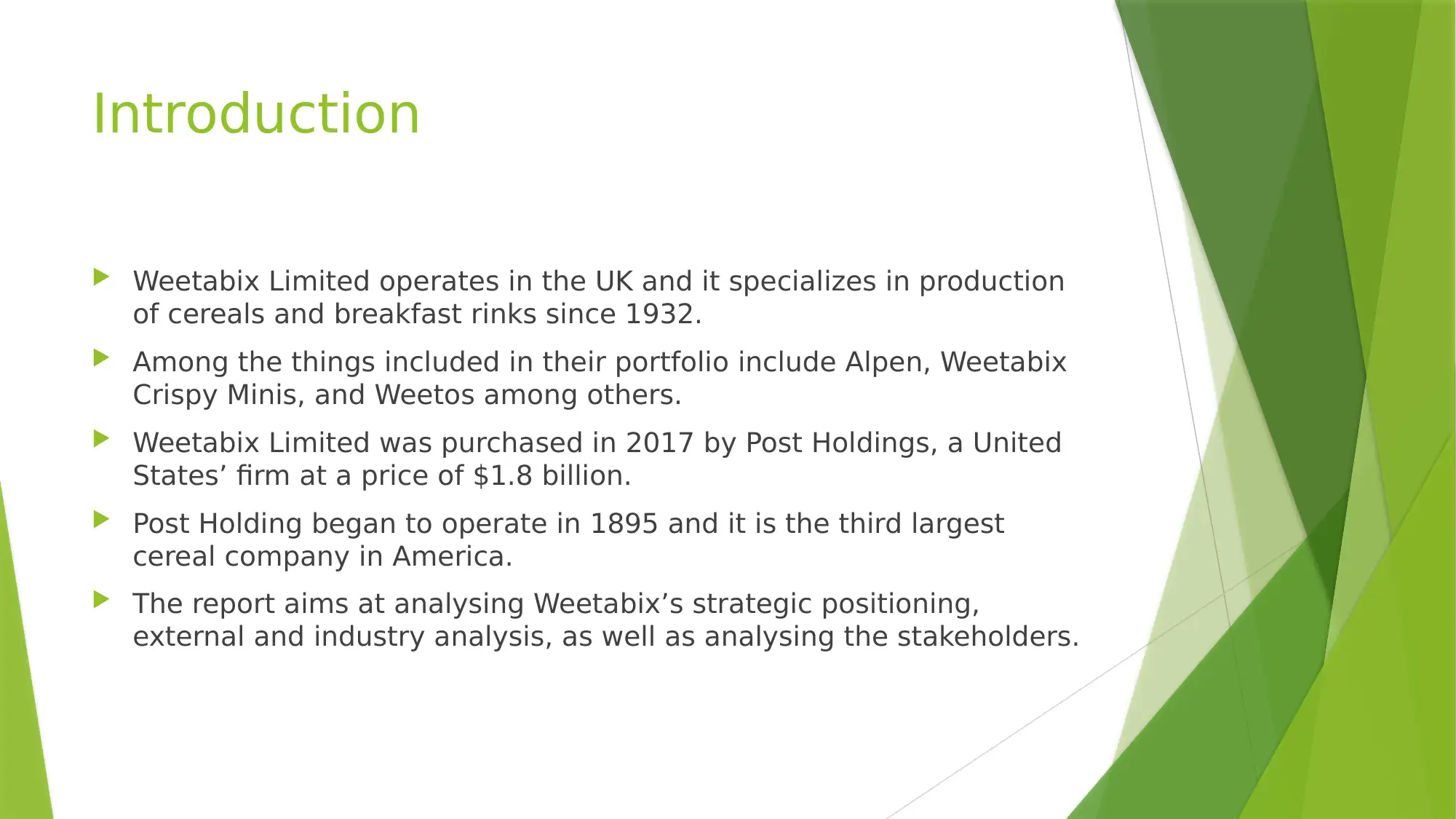
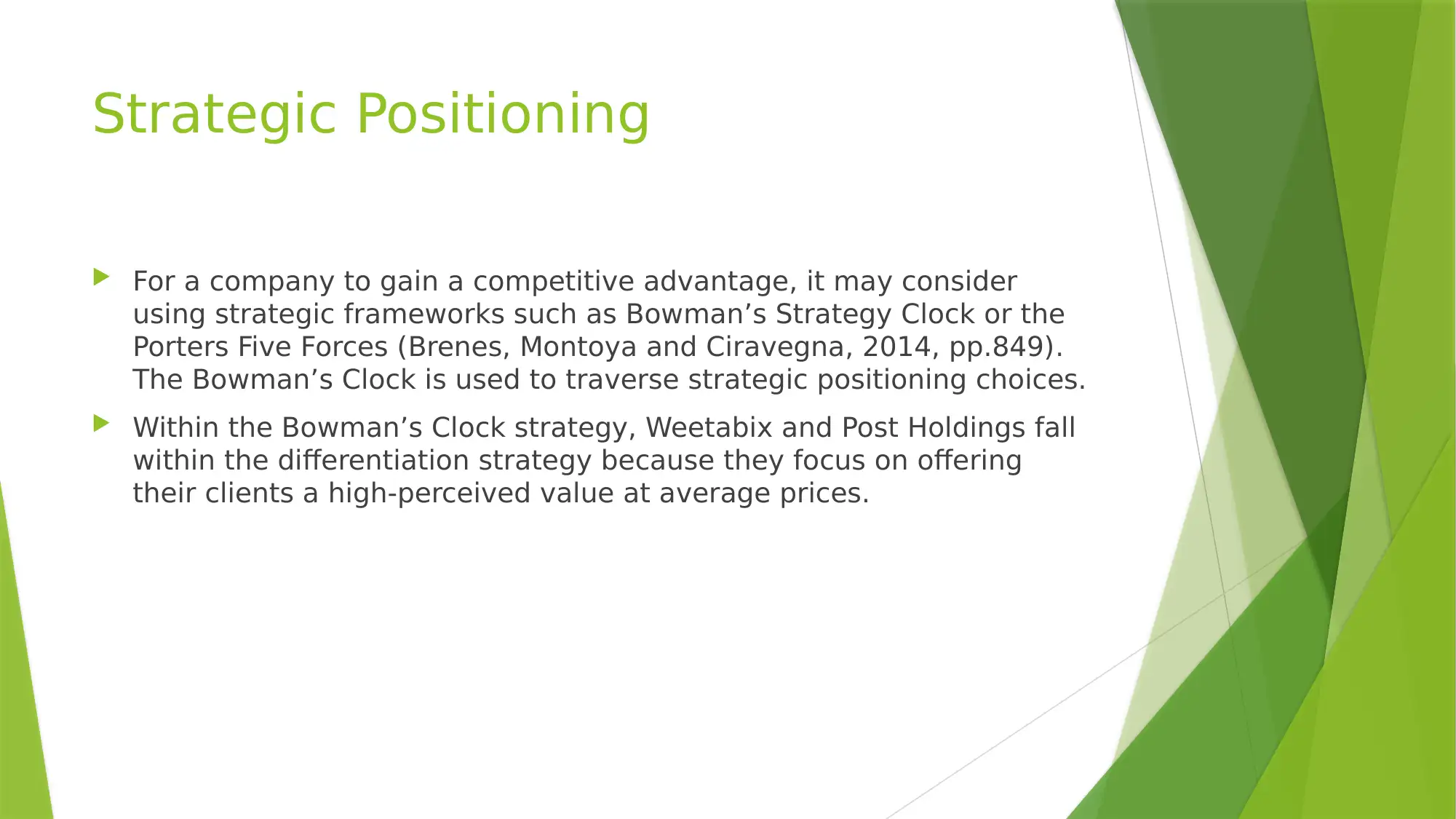


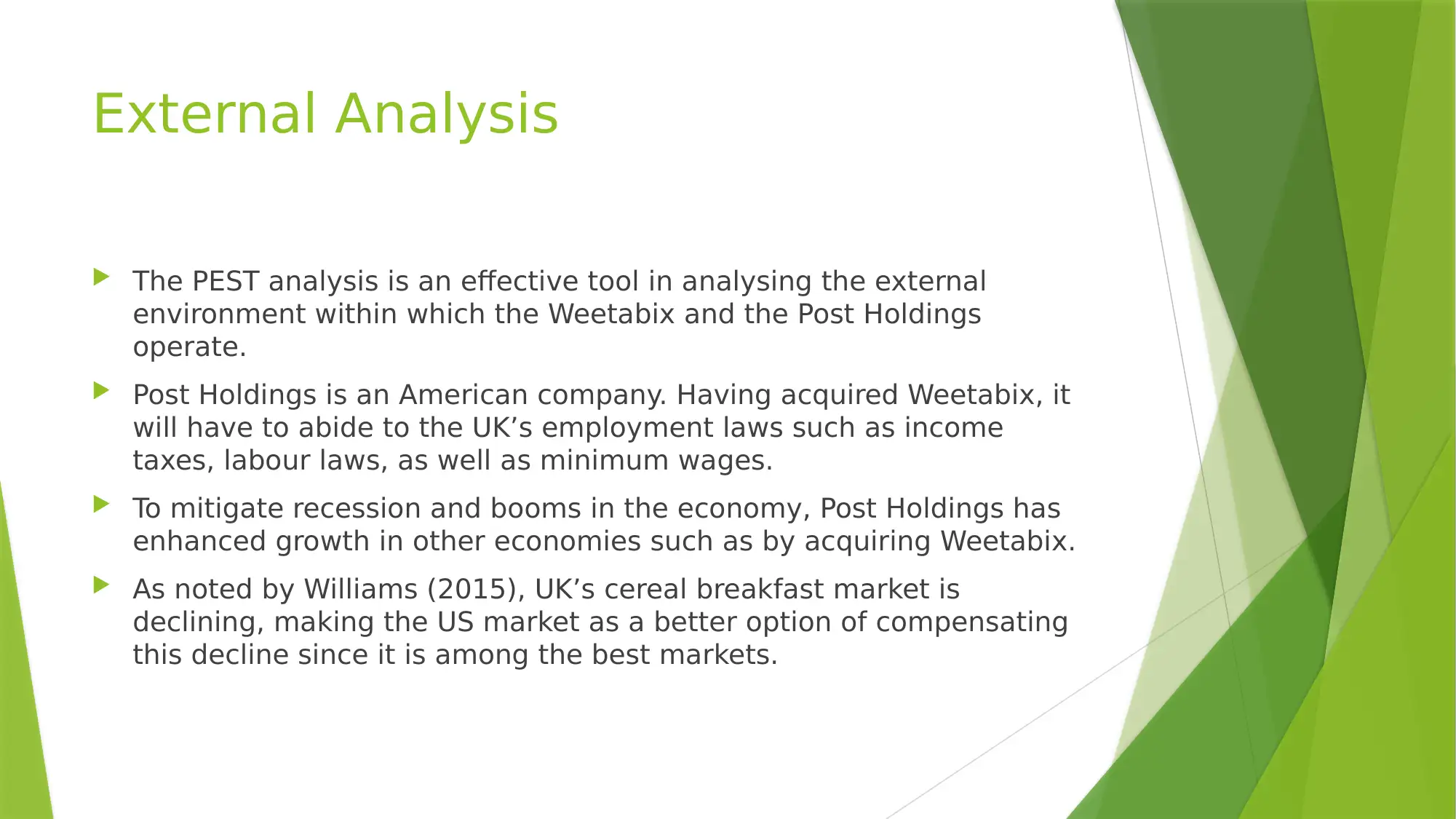
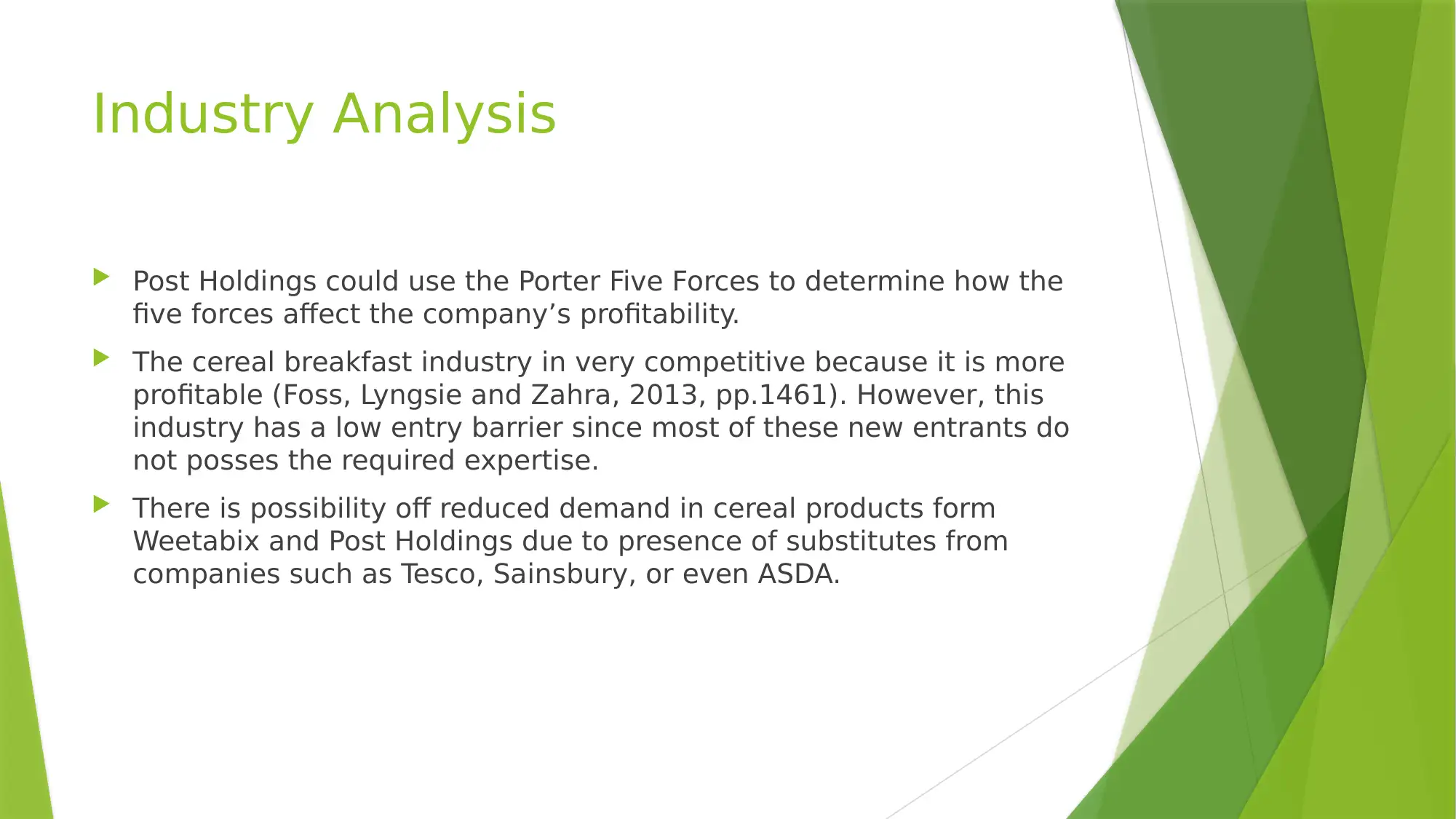
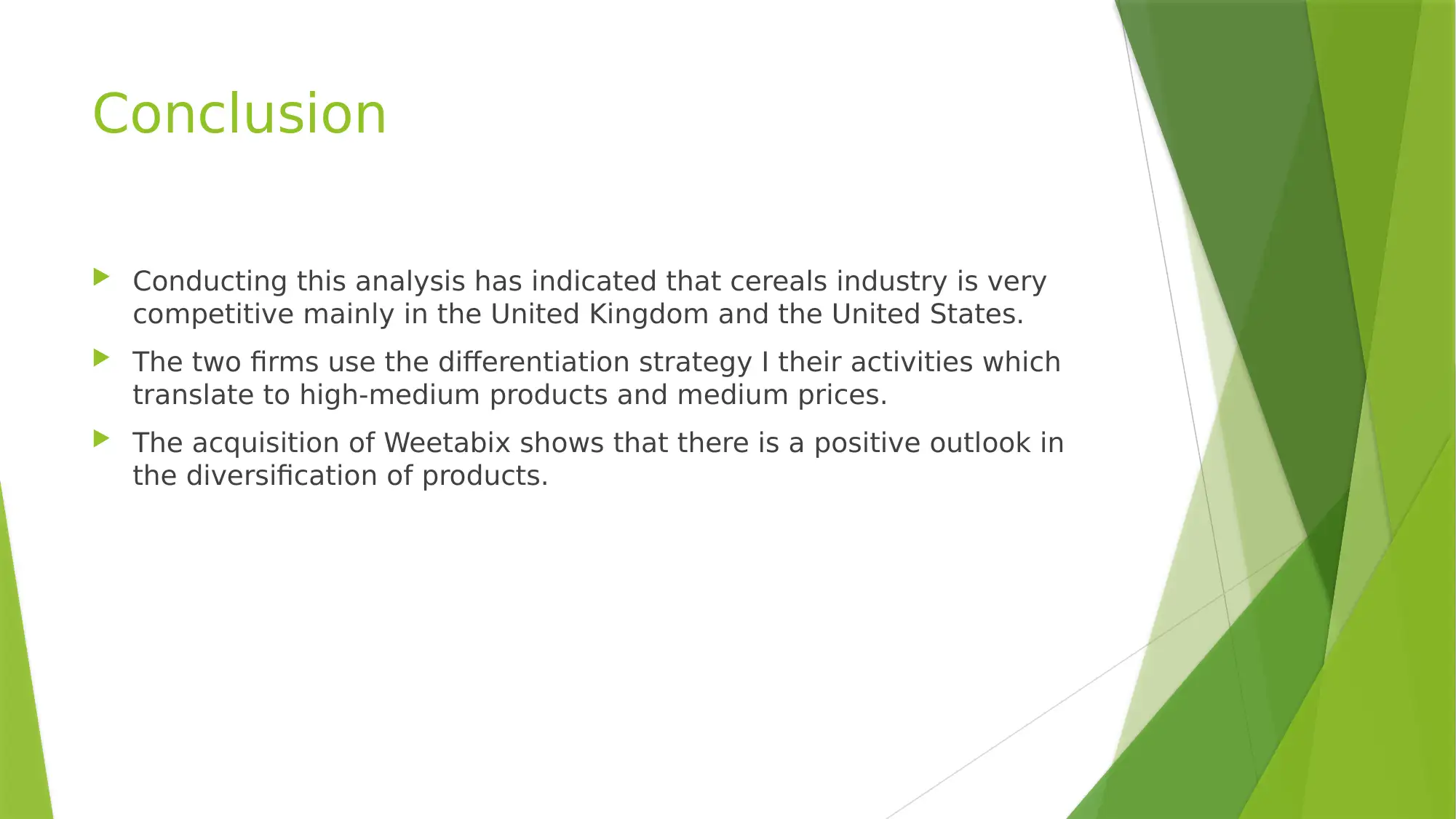
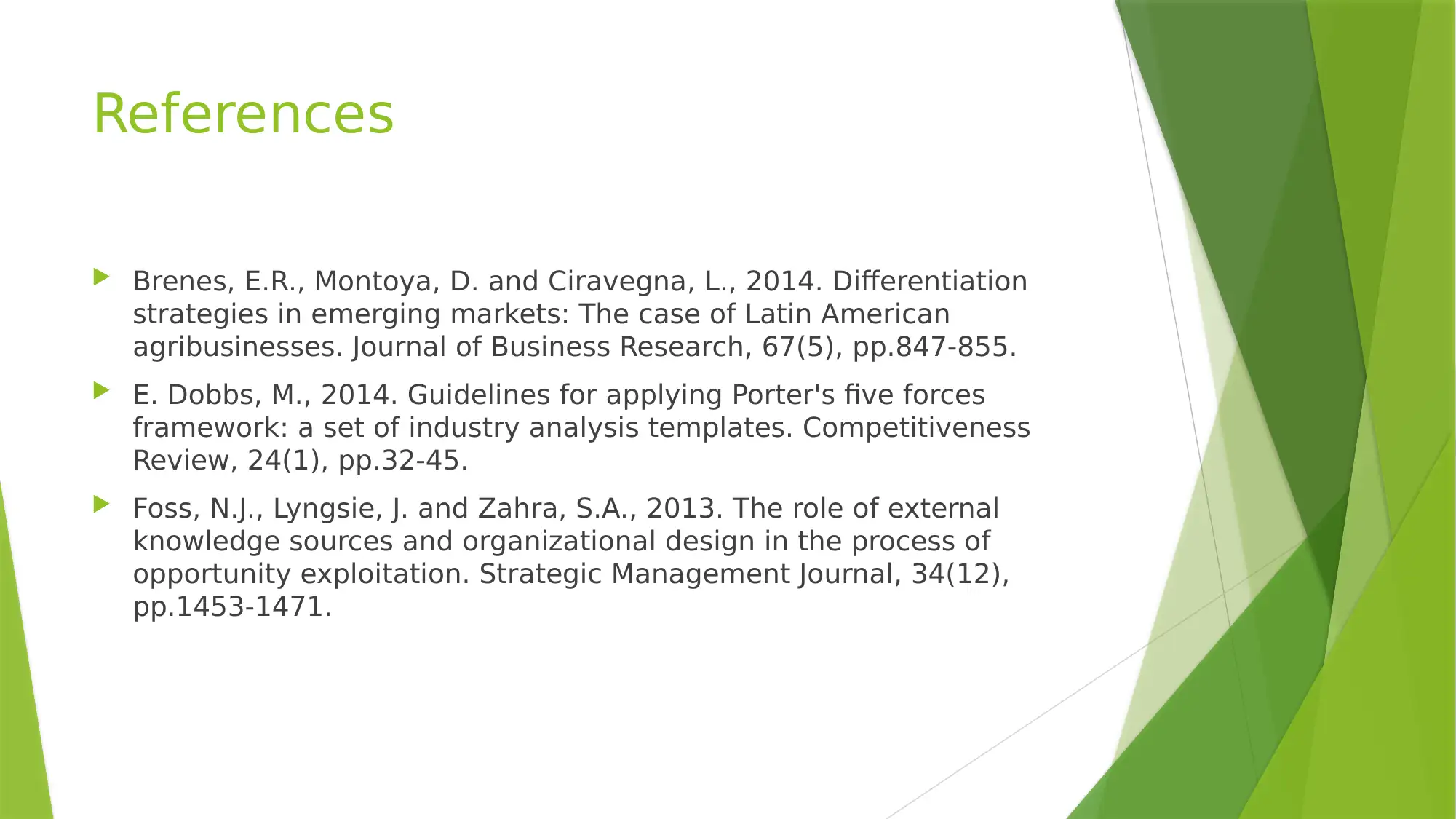






![[object Object]](/_next/static/media/star-bottom.7253800d.svg)